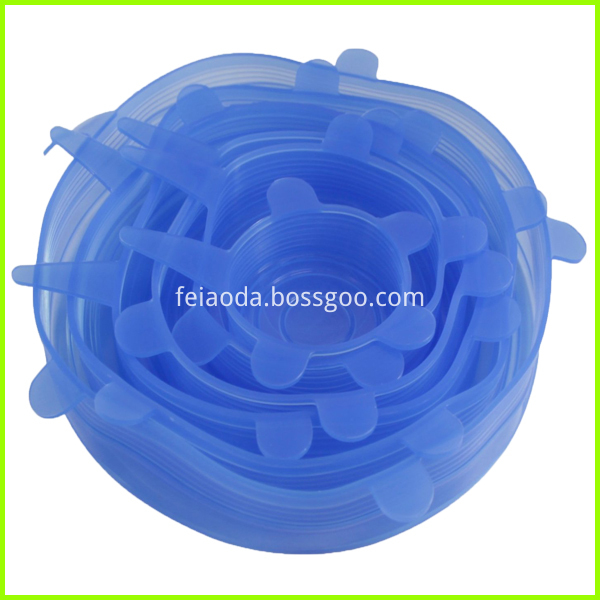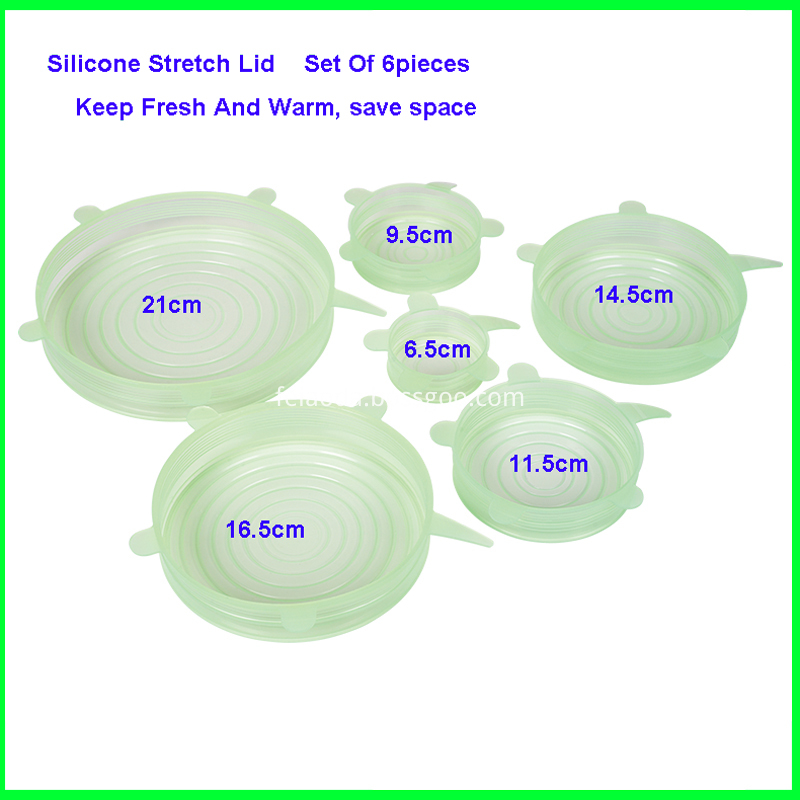Preface
In the past, ordinary secondary offset printing technology seldom talked about secondary color RGB. However, in the printing industry, full digitalization has become very common today. From the user's needs for print orders, there has been a need to deal with RGB images as the center. The new workflow symbol (Figure 1).
Photography Production RGB → RGB Automatic Optimization DAM / Document Saver Digital Camera Camera Profile Standard RGB profile A standard JMPA JCM Digital Yang Printing Company Printing Company Data Release RGB monitor proof RGB Confirm Printing Sample CMYK Simulation Output Digital Yang Picture RGB Data Making Printing Film Photograph RGB Input CMYK profile RGB →CMYK Printing CMYK moniter proof CMYK proof CMYK profile CMYK →CMYK Printing Company Printing
Moreover, the popularity of digital cameras has also increased year by year. It is expected that in the full-time commercial field, the digitization of photography projects will be increasingly developed in the future, and this trend will be accelerated.
In this context, the wording of the RGB workflow has been absorbed on various occasions, and the concern for it has been particularly positive.
This article addresses this need by reorganizing and reorienting the general aspects of the RGB workflow, taking into consideration the production aspects of the printing companies and the plate making companies, and clarifying the key points and future impact of the RGB workflow.
The necessity of RGB workflow
Who exactly needs RGB workflow
In recent years, the RGB workflow that has been greatly exaggerated has not yet been widely adopted by printing and platemaking companies. It would be better to say that as a recipient of RGB data, it must be dealt with in reality. In fact, RGB → CMYK conversion and repair operations take a lot of man-hours, but also can not bring the added value of scanning color separation.
In other words, at the scene of production, the reasons for changing the workflow that has long been established for positive images, scan color separation, and CMYK data are not sufficient. Then, who is it and what reason is it necessary to use RGB image-centered workflow? Table 1 tries to summarize the reasons why you need RGB workflows.
Reasons for use with digital cameras Other reasons: Customers shorten delivery time (reporting), use secondary use (advertisement) CG use, multi-color printing use photojournalists to cope with delivery time, reduce material costs, image processing company design staff making company Because of the fact that the above factors have received RGB images, digital photographs have been collected for the sake of differentiation of the factory, and RGB printing companies have been asked to respond to multicolor printing.
As can be seen from the table, the biggest beneficiary of the introduction of RGB workflow is the customer. In addition, as a purpose of introduction, in addition to shortening the delivery time and reducing the cost due to the use of a digital camera, two uses of RGB images as digital data (Web usage, CD-ROM, etc.) can also be cited.
Key issues with RGB workflows
Here is a brief summary of the key issues that have arisen when using the original Yang picture workflow to change to the RGB workflow.
(1) Disappearance of color samples
The first and most critical issue is that because a reliable color sample (= positive image) is missing, this means that the means for accurately transferring the color between processes disappears. Although the color of the RGB image is confirmed by the display screen, It can be done by methods such as hard copy obtained from RGB printers, but the current situation is a good use of display screens and means for managing printer output colors (including individual differences, machine-to-machine differences). It cannot be said that high-precision operations have been established. the rule of. For example, even if a photojournalist handed over an RGB image with an ICC profile to the plate-making company, the transferee could not do it if he or she had not yet had the ability to accurately manage the environment (calibration and external light effects) using the display screen. The color of the process imagined by the photojournalist.
(2) Definite responsibilities
Second, due to the disappearance of color samples, photojournalists, designers, and platemaking companies have become problematic in terms of the scope of responsibility for color management. The original stipulation that the color of a positive picture is the responsibility of a photojournalist, and the color of the CMYK image used for printing belongs to the scope of the responsibility of the plate-making printing company. This shows that there is such a clear rule, but it cannot be applied. Furthermore, since the color space conversion function of Adobe Photoshop has been enriched, inconveniently managed color conversion has become achievable, which can be regarded as promoting the clarification of responsibility.
(3) RGB → CMYK conversion accuracy is not enough
In addition to the above, as a production problem, there is a need for a highly accurate RGB→CMYK conversion plan. You must be able to use the original scanning color separation knowledge, use RGB → CMYK conversion software, or properly apply Adobe Photoshop and other ICC profiles to convert. The most important thing here is that, together with the conversion method, it is necessary to determine the printing standard that can guarantee stable printing, and put it into the RGB → CMYK conversion conditions (ICC configuration file, etc.). In this operation, it takes a considerable amount of man-hours and a certain degree of equipment.
Pros and cons of platemaking and printing companies
The above has been expressed in response to the general expectations and focus of the RGB workflow. What are the pros and cons of the plate printing company?
List the main benefits:
Differentiating and gaining customers through the antecedent response to the transitional RGB workflow.
â— High efficiency brought by the RGB workflow itself.
â— Business expansion such as RGB data production.
â— Build a high value-added foundation using multi-color printing.
Despite the above desirable content, if you do not address the focus of the above RGB workflow, you will not be able to enjoy these benefits, but will also enter the following negative factors.
â— Existing business skills such as scanning separation disappeared.
â— Increased load and reduced quality due to chaos. (Increase in RGB revision operations, etc.)
â— Increased workload due to changes in work flow.
Although there are various risks at the current stage, it can be said that they are in a situation where “sometimes someone will have to follow suit for this trend sooner or laterâ€.
What is the ideal RGB workflow
As mentioned above, the focus of the RGB workflow has been solved, and it is proposed to point out the benefits that the original workflow did not have. What needs to be done?
For the prepress project, the two most important points are:
a) The original to receive the correct RGB image.
b) Establish correct printing standards.
Let's talk a bit more in detail below. However, this article does not introduce the methods and methods used to achieve the above specific methods (CMS).
Source: Realistic Printing Materials
Silicone Stretch Lid description:
Silicone Stretch Lid Set consists of the following sizes:
2.7 inch dia. lid will stretch to 3.5 inch dia.
- 3.7 inch dia. lid will stretch to 5 inch dia.
- 4.7 inch dia. Lid will stretch to 6 inch dia.
- 5.9 inch dia. Lid will stretch to 8 inch dia.
- 6.7 inch dia. lid will stretch to 9 inch dia.
- 8.3 inch dia. lid will stretch to 11 inch dia.
- The silicone stretch lids are not limited to only fit round items but can stretch to fit most other shapes.
Silicone Stretch Lid Product Feature and Fuction :
1.Reusable storage silicone stretch lids made from high quality, food grade amazing Creative silicone stretch lid
2.Use instead of plastic wrap to cover almost any dish, bowl or plate with a more secure cover.
3.Each set includes five different sizes, and with the combination, you will be able to cover things ranging from 2.75" - 10".
4.It doesn't matter if they are round, square, oblong or rectangle because the versatile design allows these lids to stretch to any shape and still provide an airtight seal.
5.Convenient tabs along the outside edge provide handles for easy placement, and the material remains non-slip on metal, glass, plastic and other surfaces, so once in place they will not slide or fall off. Save the second half of a soda for later on, or seal an open pet food can to use the next day.
Silicone Stretch Lid Pictures.


Silicone Stretch Lid
Super Stretch Lids,Kitchen Silicone Stretch Lids,Silicone Cup Lid
Shenzhen Feiaoda Technology Co.,Ltd , http://www.flysilicone.com